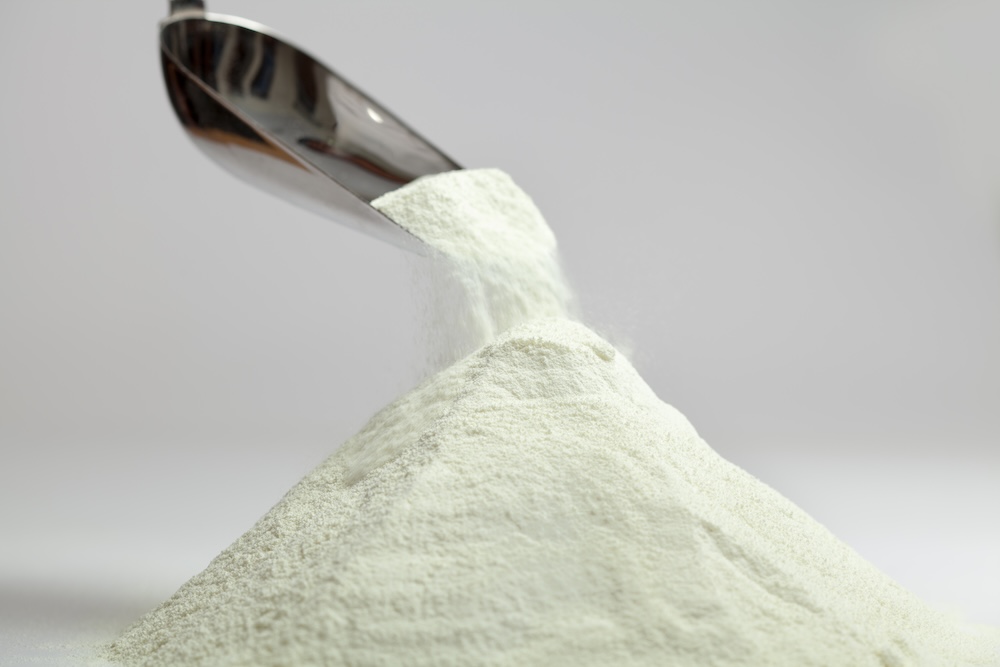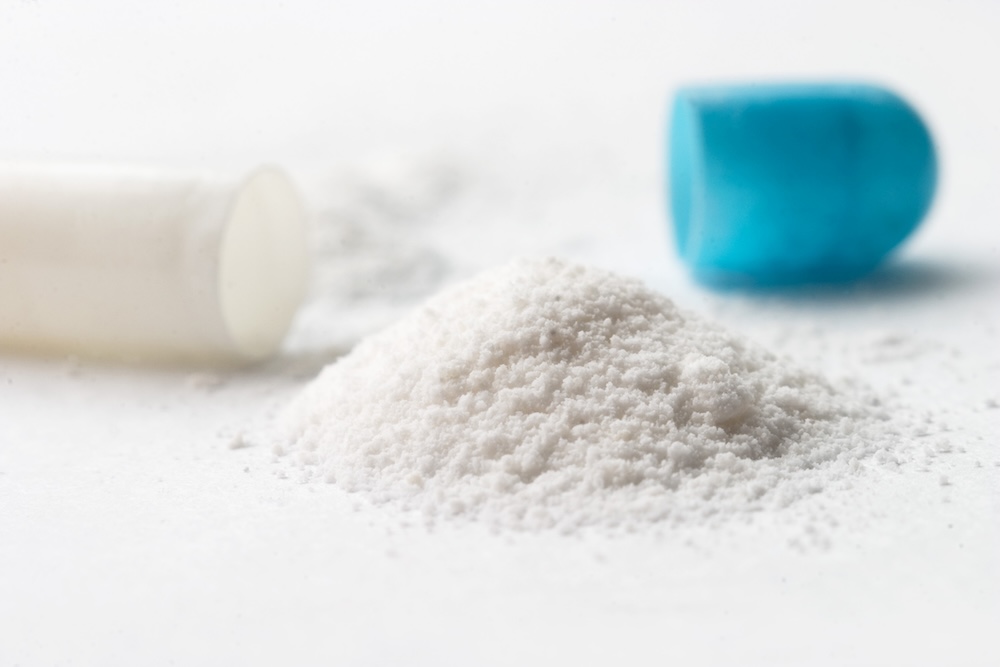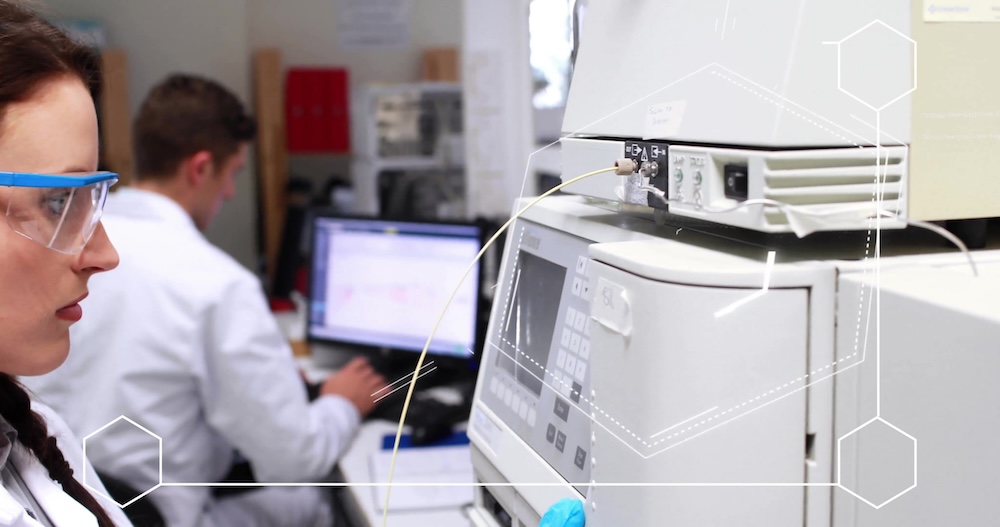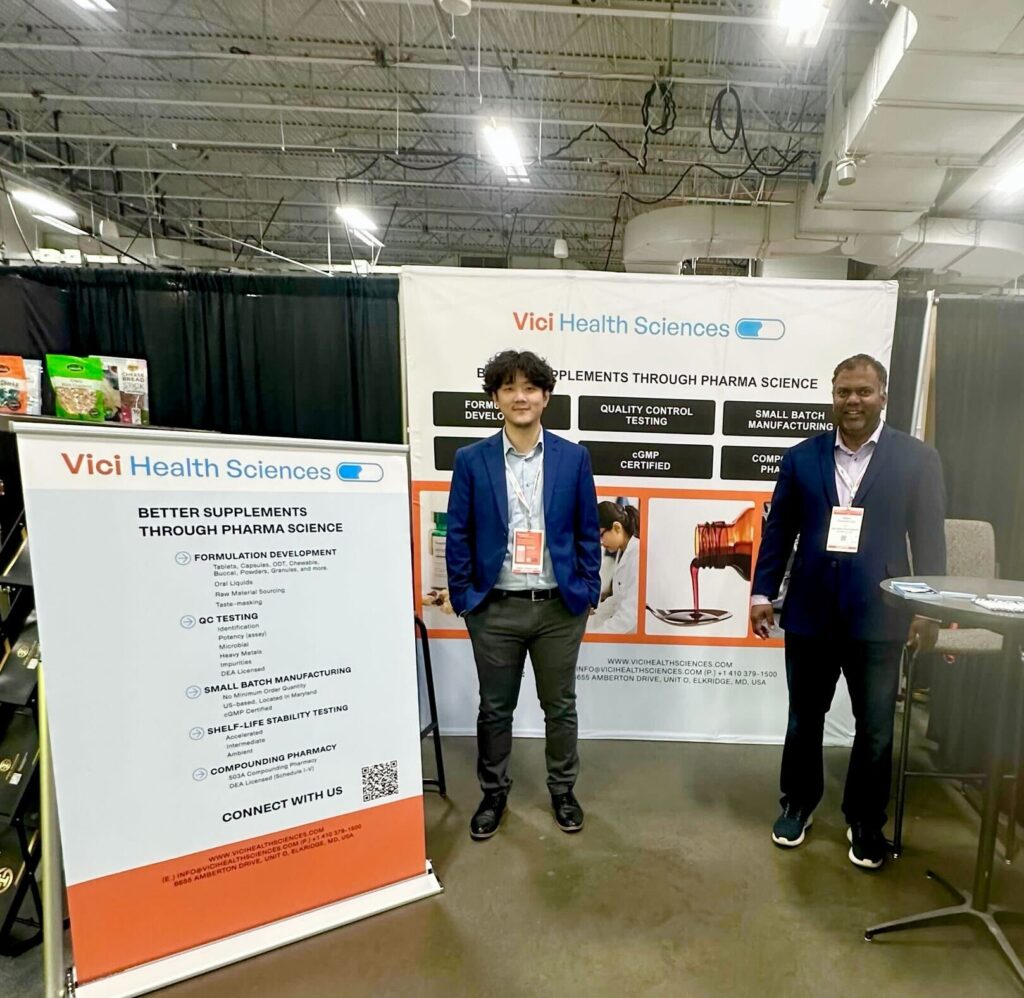Establishing shelf life for medicines is a requirement prior to commercializing medicine or initiating clinical trials. Requirements vary for approved pharmaceutical products, compounded medicine, or dietary supplements. Stability testing is performed on pharmaceutical products during drug development and through the life of the product to establish and verify the shelf life of the product.
Packaged pharmaceutical products are placed inside stability chambers maintained at specific temperature and humidity for a set amount of time and are periodically tested against pre-established specifications as part of a stability study. All major regulatory bodies including the US FDA provide detailed guidance to pharmaceutical companies for establishing product expiration dating.
Regulatory guidance on stability testing
The International Council for Harmonization of Technical Requirements for Pharmaceuticals for Human Use (ICH) has written a variety of detailed guided documents that provide pharmaceutical companies and drug development scientists a detailed roadmap for establishing expiration dating by means of stability testing. Most regulatory bodies including the US FDA, European Medicines Agency (EMA), and Australia’s Therapeutic Goods Administration (TGA) follow the recommendations laid out by ICH.
The scientific underpinning of stability testing
The scientific underpinning of stability testing is that multiple lots of pharmaceutical drug products manufactured and packaged in a manner representing commercial product is stored in temperature and humidity conditions that are pre-established and controlled. The temperatures and humidity conditions selected depend on the target storage temperature of the product and the climactic conditions of the specific market.
To generate data quickly, the pharmaceutical drug product is maintained at high temperature and humidity conditions in an accelerated stability chamber. As described by the Arrhenius equation, chemical reaction rates increase as temperature increases, resulting in a more rapid degradation of the drug substance in such chambers. This allows scientists to predict the expiration date of pharmaceutical drug products quickly. However, such studies are not always representative of reaction rates at typical storage temperature and ultimately, the shelf life is assigned based on long-term stability studies.
At Vici, we utilize a variety of stability chambers for establishing shelf life for products we develop.
- Long-term testing: 25°C ± 2°C/60% RH ± 5% RH
- Intermediate testing: 30°C ± 2°C/65% RH ± 5% RH
- Accelerated testing: 40°C ± 2°C/75% RH ± 5% RH
- Refrigerator: 5°C ± 3°C
- Freezer: 20°C ± 5°C
Stability testing requirements and specifications
The testing should cover the appropriate physical, chemical, biological and microbiological attributes, preservative content (e.g., antioxidant, antimicrobial preservative), and functionality tests (e.g., for a dose delivery system). Critical-to-quality attributes are carefully selected, and specifications are set for each individual product based on the specifics of the formulation:
- For oral solid dosage forms (OSD), it is typically standard to include appearance, assay, impurities, and dissolution as part of stability testing. Notably, identification (ID) and content uniformity (CU) are not part of stability testing.
- For non-sterile oral liquids, it is common to include appearance, assay, impurities, dissolution (only for suspensions or emulsions), pH, preservative assay (when applicable), microbial limit, and preservative effectiveness testing (only for some time points).
- For semisolid dosage forms, phase behavior and rheological properties may be included as part of specifications for stability testing.
- For sterile products such as injections and ophthalmic formulations, it is also critical to include sterility testing and particulate matter testing in addition to tests used for other dosage forms.
- For complex dosage forms such as sprays and patches, more specific functional tests will be required.
Analytical test methods and OOS investigations
Analytical methods utilized to test stability samples must be stability indicating and appropriately validated and approved. A part of the quality management system (QMS) for any pharmaceutical company, the stability study and analytical methods must conform to strict cGMP control. Failures observed during stability testing require an out-of-specification (OOS) investigation, which must be formally conducted under the direction of Quality Assurance (QA). Such OOS investigations are a crucial part of maintaining the quality of commercially distributed drug products. At Vici, we have considerable experience overseeing OOS investigations due to our holistic combination of expertise in formulation development, analytical chemistry, quality assurance, and FDA regulatory compliance.
Stability testing to support clinical studies
Apart from commercially distributed products, stability testing is also required to establish the shelf life of investigational products during clinical studies. Thus, it is important to perform formulation development, analytical method development, and R&D stability studies prior to manufacturing clinical trial material. The clinical trial material batch itself must be placed on stability and at least one month of stability data must be generated and included as part of the first IND (investigational new drug) application to the US FDA. Concurrent stability studies must remain ongoing while the clinical study is underway to ensure that the investigational product is within its approved shelf life. There must be quality assurance (QA) procedures in place to recall clinical trial material should there be a stability failure during testing.
Post-approval stability testing
Pharmaceutical companies run annual, long-term stability programs for commercially distributed drugs. Any stability failures observed must be investigated and remediated, including, but not limited to, product recalls. In addition to maintaining product quality, stability testing is required when changes are made to commercial products. Such changes may be in the source drug substance or API, excipients, or packaging components. They may also be related to changes in manufacturing process, equipment, location, or in response to comply with updated FDA regulations. The FDA expects manufactures to perform stability studies to demonstrate that changes made do not adversely impact the product quality. These requirements are provided in the scale-up and post approval changes (SUPAC) guidelines published by the FDA.
As part of chemistry, manufacturing, and controls (CMC), stability testing is an integral part of maintaining pharmaceutical drug product quality and is extensively utilized during both drug development and commercialization. Working with our scientifically strong, cross-functionally qualified team at Vici will help your company navigate the complex world of pharmaceutical stability testing and achieve product success. Contact us today to get personalized insights on your drug development project and to learn more about Vici’s track record of ensuring product success for our clients.






